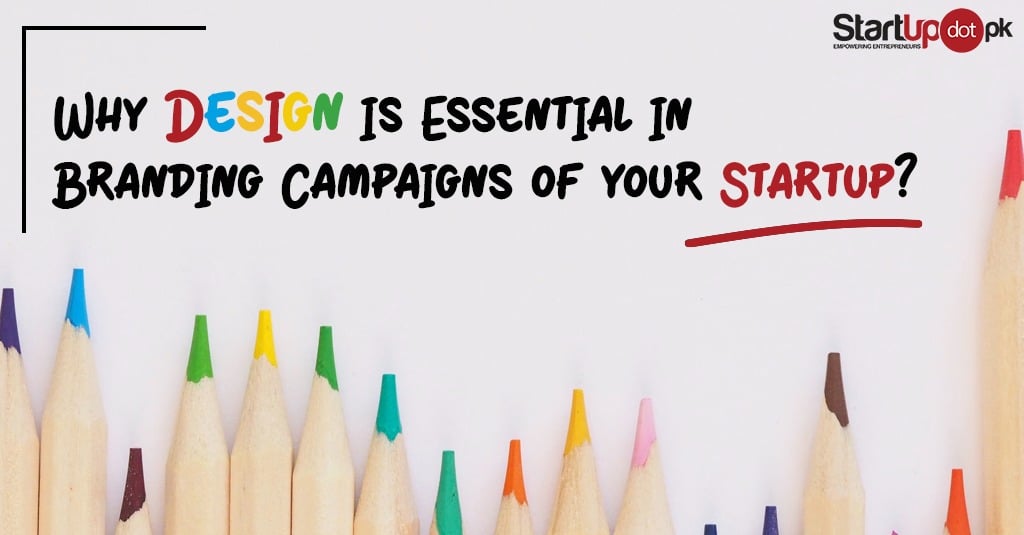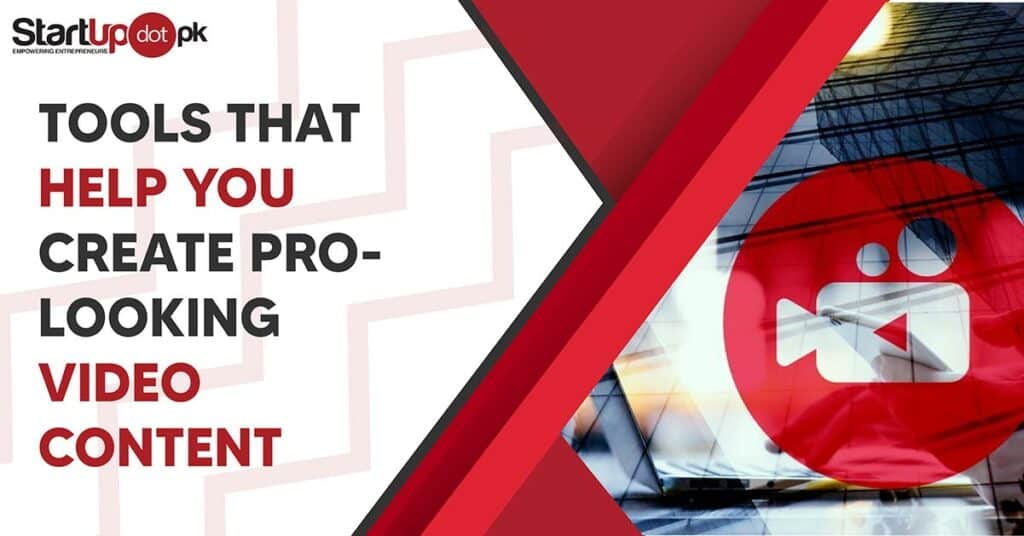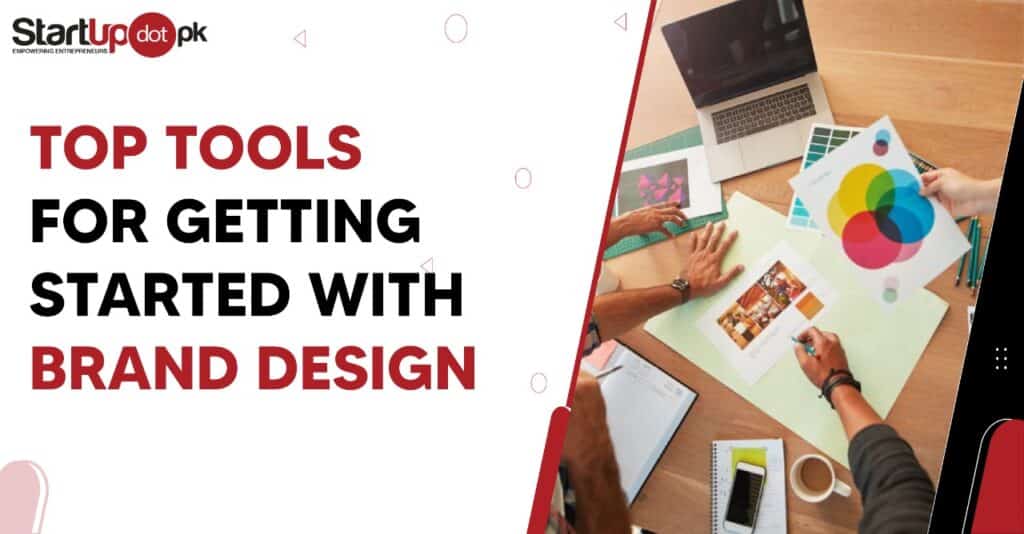People will form a vision of your brand in their minds because of its distinctive personality, unique character, and different story. A successful brand distinguishes you from rivals in your industry, not just because you might appear different, but also because you stand for something that people can identify with and that makes them feel comfortable and secure.
“A brand is what people say about your business when you’re not in the room”. – Jeff Bezos
Take Apple, for instance. They command a powerful place in consumers’ imaginations. They make a promise to bring innovation and excellence, and for the most part, they keep it, from their iconic logo to their chic storefronts and unparalleled packaging experience. Apple is a brand.
We encounter branding and identity daily in a variety of places, including websites, product packaging, various forms of promotion, and even on personal objects like files and business cards. Branding, defined simply, is how other people perceive your business, your product or service.
Your brand’s visual identity is its most crucial element. It is how that brand appears, including your logo, color scheme, and a lot more. This is when design comes into play.
Consider your own purchases in the past. Have you ever made a purchasing decision based on the way something appeared? Your brand’s visual identity functions as something like a sneak peek. Every element of your design serves as a hint, letting the viewer know what to anticipate.
The main components of Visual Identity
Logo, Typography, Colour, and Images
Logo Your brand is identified by a logo, which may be a specific mark, a typeface, or both. Each component of your logo, such as the font style, colour scheme, and graphics, helps to define your brand identity. A logo that is blurry, distorted, or too tiny to read could leave the incorrect impression on viewers. Keep a master copy that is large, crisp, and high-quality so it can be used anywhere.
Typography One of the more basic components of identity is text, yet it has a surprising amount of expressive potential. Font can make all the difference, so you may quietly (or not so quietly) alter your brand’s overall appearance. For basic, everyday usage, most firms use 2 to 3 typefaces, frequently drawing inspiration from the logo. Your font selection should match your brand while also being appropriate.
Colour has a strong impact on how your brand is defined. It not only leaves a lasting impact on the viewer, but when applied to several projects or platforms, it also develops a sense of connection. The primary colours of most brands are directly derived from the business logo. Make sure to incorporate neutral colours like black, grey, or white into your colour scheme.
Images play a significant role in creating a distinctive identity. Every image, icon, and button offers an opportunity to present your brand and influence how people perceive it. Do not use pictures that are out of context or that commonly appear in designs of other businesses. Choose photographs that appear realistic and include real people, and locations.



